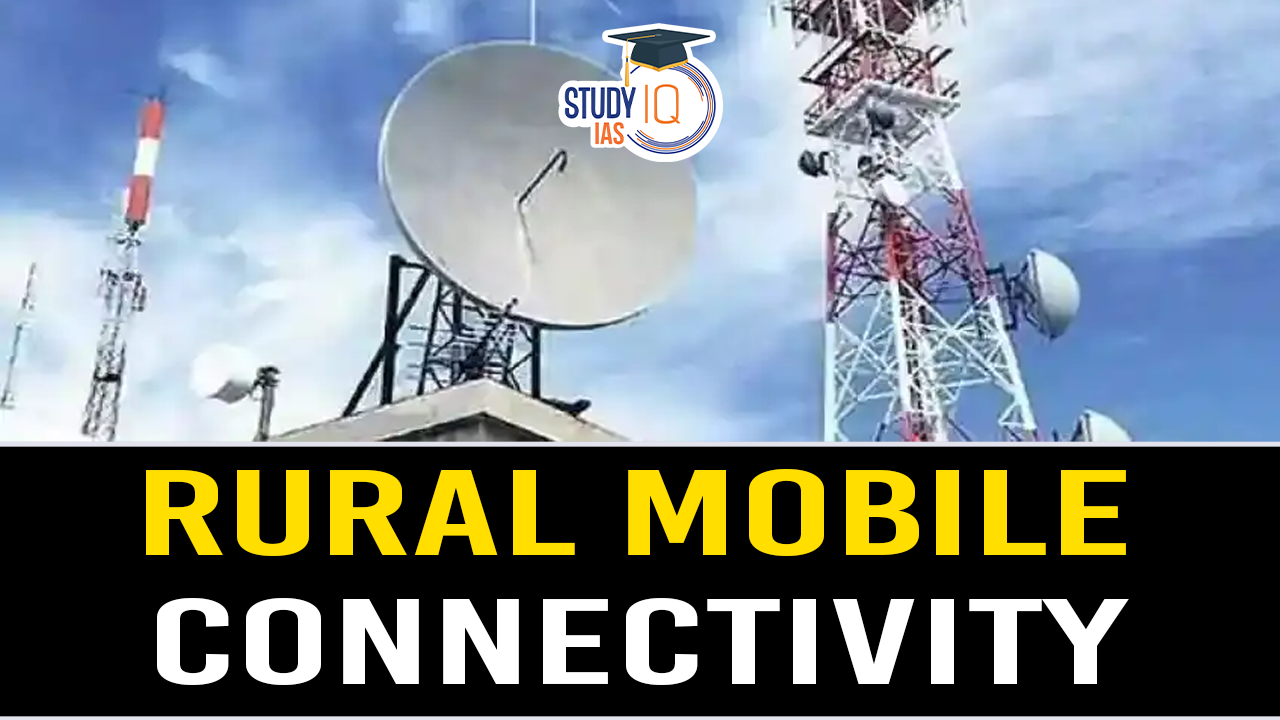Table of Contents
Context
The IEEE 2061-2024 standard, developed by a research group at IIT Bombay focuses on creating an affordable wireless network architecture designed specifically for rural areas.
About IEEE 2061-2024 Standard
- Developed by: IIT Bombay research group l
- Heterogeneous Access Network (AN): Unlike the homogeneous access networks typically seen in urban-centric 5G networks, the IEEE 2061-2024 standard introduces a heterogeneous AN. This network consists of:
- Macro Base Stations (macro-BS): These are designed to cover large areas and provide connectivity over vast rural landscapes, albeit at potentially lower data rates.
- Local Wi-Fi Networks: Supplementing the macro-BS, these networks offer high-speed internet access within smaller, localised areas such as villages.
- Core Network (CN) Bypass: One of the innovative aspects of the IEEE 2061-2024 standard is the ability to bypass the core network (CN) for direct internet access.
- This is particularly beneficial in rural settings where many users are stationary, and it streamlines the network by allowing direct communication within the access network or direct access to the internet, avoiding unnecessary routing through the CN.
- Integrated Access Network Control: This functionality facilitates seamless connectivity transitions between different types of network access points, such as moving from a Wi-Fi connection to a macro-BS, without service interruptions.
- This integration is crucial for maintaining reliable communication in areas where network types vary across the landscape.
- Multi-Hop Wireless Middle-Mile Network: To overcome the geographic and economic challenges of deploying fibre optics in remote areas, the standard proposes using a multi-hop wireless network.
- This middle-mile solution can use various technologies like satellite or long-range Wi-Fi to connect isolated areas to the main network affordably and effectively.
- Flexibility and Scalability: The IEEE 2061-2024 network is designed to be flexible and scalable, accommodating a mix of legacy and new technologies, such as 4G, 5G, 6G, and Wi-Fi.
- This ensures that the network can evolve with technological advancements and changing user needs.
Access Network (AN)
Comprises base stations that provide wireless connectivity within a specific geographical area, visible as towers with antennae. These are spread across a region to ensure coverage.
Core Network (CN)
Contains equipment that connects the AN to other networks like the Internet. The CN operates from a central location and links to the AN via optical fibre backhaul.
Multi-Hop Wireless Middle-Mile
The standard proposes using a multi-hop wireless network to serve as a middle-mile solution, connecting remote areas without the need for expensive fibre installations. This approach uses a variety of technologies, such as satellites or long-range Wi-Fi, to extend connectivity efficiently and affordably.
Rural Connectivity Challenges
Economic Barriers: Lower income levels in rural areas make mobile services unaffordable for many.
Geographical Barriers: Sparse population density and the distribution of populations in isolated clusters complicate the extension of network infrastructure, particularly the laying of optical fibres.
Potential Impact
Affordability: By reducing reliance on expensive infrastructure and simplifying network architecture, the IEEE 2061 standard aims to make broadband access more affordable for rural populations.
Scalability and Flexibility: The standard supports a mix of legacy and new technologies, fostering a scalable and flexible network environment.


 Monasteries in India: List of Major and ...
Monasteries in India: List of Major and ...
 National Doctor’s Day 2025: History, T...
National Doctor’s Day 2025: History, T...
 Bonalu Festival 2025: Date, History, Rit...
Bonalu Festival 2025: Date, History, Rit...





















